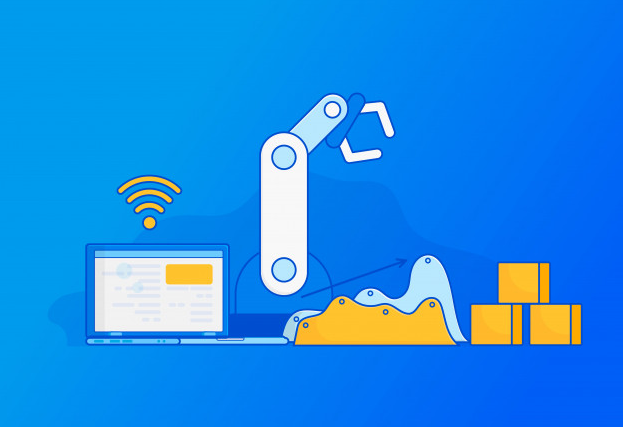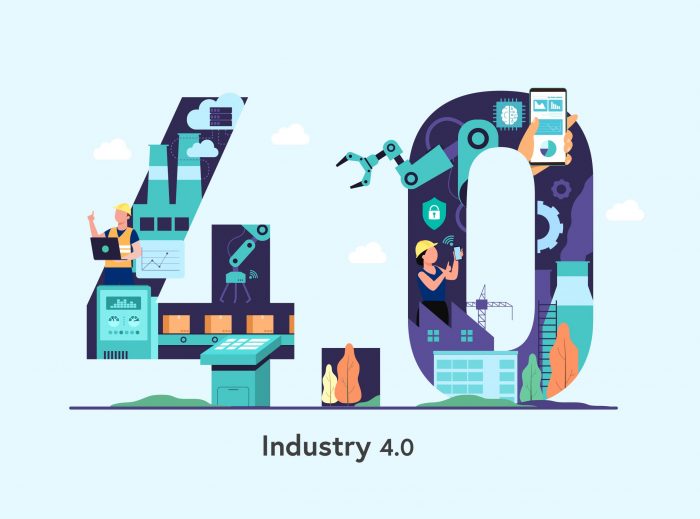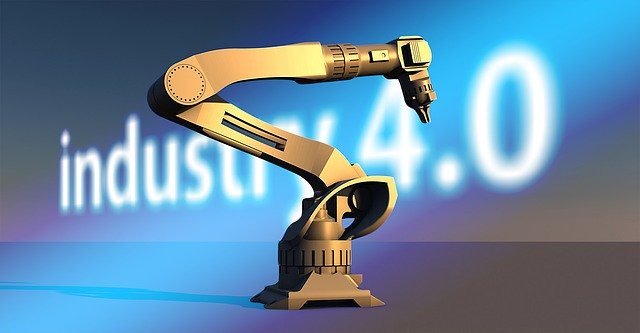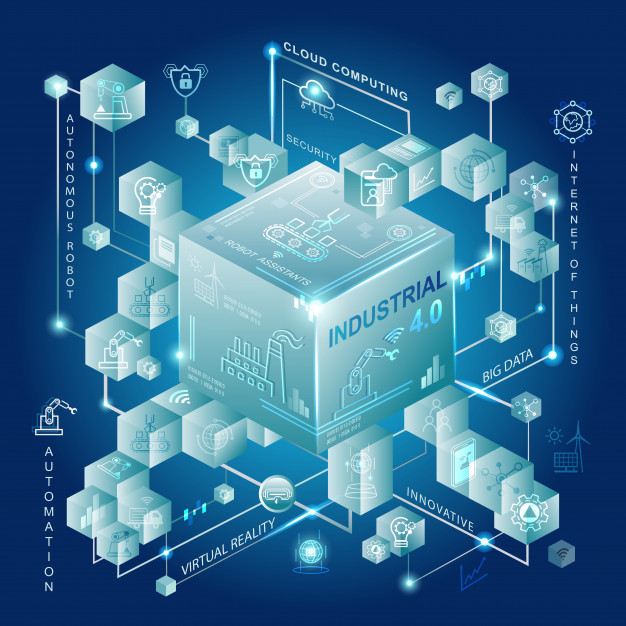Industry 4.0: Possibilities for Preventive Maintenance
Audio : Listen to This Blog.
Industry 4.0: Possibilities for Preventive Maintenance
Industry 4.0 is a relatively new term in the globe today, and is considered as the key to making manufacturing companies more efficient and flexible in future. To begin with, Industry 4.0 isn’t a new technology, neither is it a business discipline. To put it in simple words, it is a new approach to achieve results that wasn’t possible 10 years ago.
Thanks to the advancements in technology, this phenomenon is considered to be the fourth industrial revolution. This is the move toward digitization and constitutes three major elements. The first one is the Internet of Things and cyber-physical systems such as sensors having the ability to collect data that can be used by manufacturers and producers. Second elements is the advancements in big data and powerful analytics which aims at making it easy to access huge data in short span of time. Thirdly, the communications infrastructure backing this up is secure enough to be used by heavy industries.
Smart factories, are the heart of the Industry 4.0 revolution that will take on board information and communication technology for an evolution in supply chain and product line. Thus, Industry 4.0 takes automation and digitization to another level.
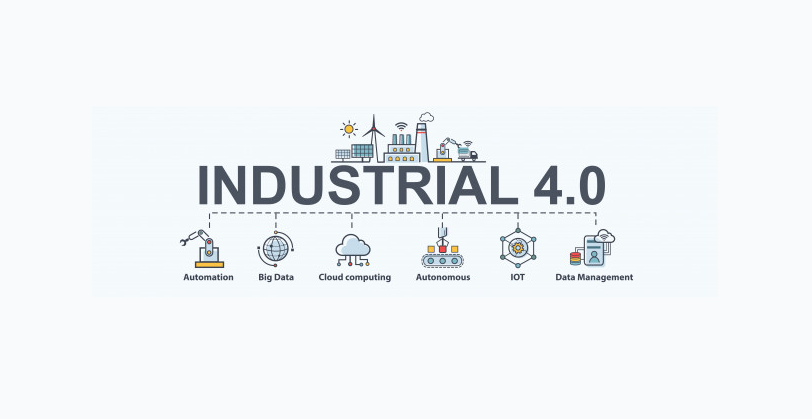
Understanding preventive maintenance
Preventive maintenance comprises of the planning and execution of measures before a certain damage-related maintain condition or an uncontrolled machine failure can occur. There are two kinds of preventive maintenance available:
- Condition based maintenance
- Predetermined maintenance
Conditioned based maintenance is the combination of condition monitoring and inspection and testing to find the best time for subsequent maintenance actions on the machine. It requires more information – which can be difficult to establish.
On the other hand, predetermined maintenance measures are carried out at fixed intervals or following a set number of utilization units, without determining the condition of the machine beforehand. It can lead to increased material requirements for spare parts and higher costs.
However, the one thing common between both the approaches is that they are characterized by the fact that there is an additional time lag before active maintenance is undertaken on account and logistical and technical delays.
Major challenges
The main rule is that facilities must be maintained in such a way that they are capable of performing their intended functions in all phases of their economic lives.
Preventive maintenance is accordingly intended to eliminate faults which would have HSE consequences and negative effects for operating regularity and material assets.
Hence, there are three major challenges:
1.Easy establishment of information at the machine
2.Flexible evaluation and analysis of the information
3.Fast and targeted forwarding of the information
Industry 4.0 solutions and roles
An inadequate approach to preventive maintenance can increase the risk of major incidents,damage and accidents. Responsibility for maintenance management rests with the industry. This activity is in constant development through the adoption of new concepts, technology and methods.Ensuring that it has been tailored to requirements is important.
Having information at the required time and at the right place is the key to success in meeting all three challenges and providing maintenance technicians with optimum support.
So, Industry 4.0 solutions help to design smarter and effective processes in the following ways:
1. Real-time condition monitoring
The Industry 4.0 software can help to create the information availability and processing required. Along with increased automation in industry, the development of intelligent monitoring and autonomous decision-making processes is particularly important in order to be able to steer and optimize both companies and entire value-adding networks in almost real time.
2. Flexible evaluation and analysis option
With the Industry 4.0 in light, there is definitely a paradigm shift. The basis for a smart factory lies in the intelligence of all the entities involved (machines, products, etc.), and this basis is realized through software. By continuously evaluating the machine’s context – i.e., all the information that could have an impact on the machine’s behavior – the software is able to decide what action the machine should take or initiate in each specific situation. Thus, translating knowledge into software. It is also important to keep in mind that this software is designed keeping humans in mind and not programmed with just the machine in mind.
3. Targeted notification of experts
The software is designed in such a way that when it identifies an upcoming maintenance task based on the preset parameters, the information is forwarded quickly and specifically to the right team member via a digital ticket. Maintenance technicians can continue to tweak the condition monitoring parameters as time goes by and also add new parameters.
Technology advances have blurred the boundaries between the digital and physical worlds.Intelligent, interconnected systems now seamlessly support activities along the entire value chain.In conclusion, Industry 4.0 means developing intelligently connected solutions that lets one master
the present and future challenges in manufacturing and logistics.
